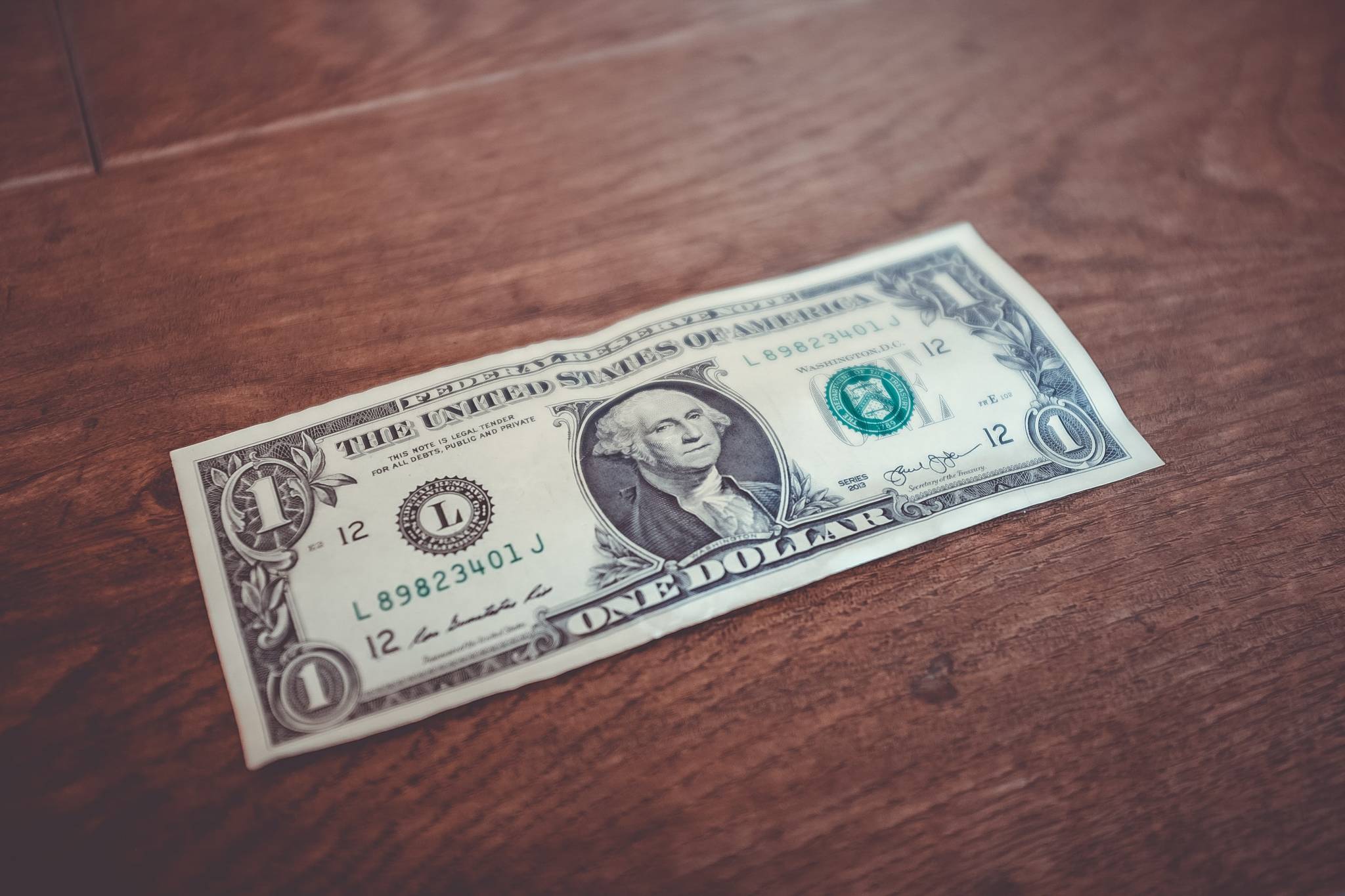Recently, I sent a letter to our congressional representatives about living wages and wanted to share the ideas here, too. What constitutes a living wage? See below. The numbers are presented based on the idea 50% of take home pay goes toward basic needs, 30% discretionary and 20% savings or retirement.
Focusing on the 50% aspect, I list an estimated average amount for each of the essentials.
• Rent/Mortgage cost about $900 month based off a 1-year lease for an unfurnished one-bedroom from a 2016 report from the state of Alaska.
• Groceries — food, toiletries, prescriptions, etc — cost about $300/month.
• Car payments cost $400 per month for a reliable vehicle, which is important during Alaska winters.
• Fuel costs about $100 per month.
• Insurance — car and home or renter’s insurance — costs about $120 per month
• Utilities cost about $200 per month.
That all adds up to $2,020 per month.
Health insurance costs were excluded as employers may provide it as a benefit. Despite that, I feel that this total is a conservative estimate.
The average full-time work month consists of four weeks at 40 hours each for a total of 160 hours per month. By dividing the monthly living expense with the total monthly work hours you can get the hourly wage needed to cover this. $2,020 divided by 160 hrs equals $12.63 per hour — rounded up to the nearest cent.
This rate is after taxes. Guesstimating an overall rate of 18%, the actual gross rate can be calculated as: $12.63 divided by .82, which equals $15.40 per hour.
In order to meet basic essential monthly expenses in Fairbanks, a person needs to earn a gross wage of $15.40 per hour. I would call this an “existential wage.” Since this is the 50% aspect of the 50-30-20 budget rule, this rate is doubled to $30.80 to actually call it a “living wage”.
First off, I don’t see this calculation as perfect because everyone has different necessary expenses, income taxes and the costs of living vary on location. It also excludes deductions by programs such as Social Security and Medicare. However, I strongly feel it paints a picture that everyone should be aware of — that current wages for the American worker are sub-standard. And no, “competitive wages” aren’t synonymous with “living wages.”
Throughout the years, cumulative tax relief has been provided to employers, one of the most recent being the Tax Cuts and Jobs Act back in 2017, to provide much-needed wages to employees. Corporate tax rates have now gotten to the point where they are lower than the tax brackets of most working class people, 21% vs 22%. Furthermore, our 22% tax bracket will revert back to 25% when the Tax Cuts and Jobs Act sunsets in 2025. Meanwhile, the corporate tax rate remains unchanged from its 35% to 21% reduction. Combined with other tax incentives and legislation, employers may pay next to nothing for taxes.
Despite these incentives and tax reductions, working class wages remain stagnant. The federal minimum wage was last increased in 2009.
Although it can be sympathized toward smaller businesses and their higher expense ratios, it is way past due to ask why working Americans are still awaiting their expected raise? This tax relief was extended in good faith toward employers under the pretext that the savings would be passed on to improve employee wages. It is time for government to hold them accountable for their failure to fulfill their end of the deal, especially during a devastating pandemic. With a starting annual salary of $174,000 plus full benefits, it shouldn’t be much to ask of our Congressional representatives to ensure American workers receive what was promised. That, or reinstate pre-1980s tax rates and use the revenue generated to provide that $2,000 per month working class check that’s been proposed in the House. Is it the perfect answer? Probably not, but after decades we can at least confirm that “trickle-down” is a resounding failure, unless you’re a “job creator.”
People may misconstrue this as asking for a life of luxury. All that’s being asked for is a life, especially when it’s being risked to COVID-19 exposure for the sake of an economy that grants only limited privileged access. Americans deserve better than the pittance they receive for their essential work.
Back in 1980, Ronald Reagan asked, “Are you better off than you were four years ago?” Today, 40 years later, look to your paycheck and then bills for the answer.
• Charles ‘Chuck’ Foster III lives in Fairbanks and works for a large Anchorage-based property management company as an expeditor and on-call maintenance technician.Columns, My Turns and Letters to the Editor represent the view of the author, not the view of the Juneau Empire. Have something to say? Here’s how to submit a My Turn or letter.

